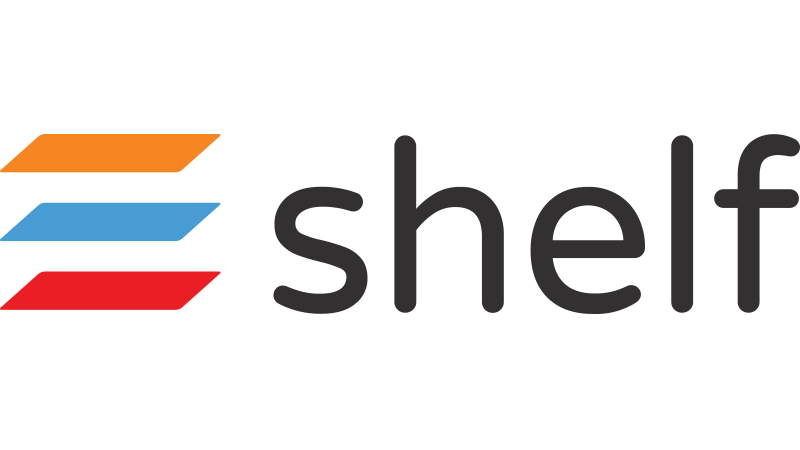Shelf Genesys Cloud Integration Configuration Guide
Purpose
This document describes steps that are necessary to set up and configure the Shelf Integrations with Genesys Cloud.
Before the configuration it’s recommended to follow the “Shelf Genesys Cloud Integration Installation Guide”
If you require further assistance, please do not hesitate to contact us at support@shelf.io, via the live chat on the Shelf website or from the in-app chat support within the Shelf platform.
Last Update: 20-April-2021
Prerequisites
Before configuring the integration, it is recommended to have separate “infrastructure” elements configured, for example, a Queue is needed.
2.1 Queue Configuration
- Navigate to Admin, then Queues.

- Click on Create Queue and create a Queue with the desired name.

- Add members to the Queue that will be setting up & using the integration.

- Under the Settings tab, set the Evaluation Method to Disregard skills, next agent and Save the Queue.

3 Integrations
3.1 IVR Integration
- Genesys Cloud obtains the IVR code or intent during the call
- The IVR code/intent is passed to Shelf
- Shelf identifies the appropriate content to display
- Shelf opens a corresponding View (Gem page)
Attribute | Example | Notes |
Account Id | abc-123-efg-456 | Required: Please contact Shelf Support to get your AccountId |
IVR System ID | xyz | Required: This is the 2nd parameter in the URL, could be anything, used to group together IVR codes |
IVR code | 3-2-4 | Required: User selected first 3, then 2, then 4) (IVR combination that will open a particular gem) |
viewType | viewType=light | Optional, defaults to full Shelf Web Application |
redirectDelayMS | 5000 | Optional: Query Parameter Screenpop delay in milliseconds |
favorites | favorites=true | Optional, defaults to false (no Favorites tab) |
- Call Center Software opens Shelf at ivr.shelf.io/v1/abc-123-efg-456/xyz/3-2-4
- Shelf finds the corresponding mapping
- Shelf redirects to mycompany.shelf.io/read/gem-987-abc-654

3.1.1 Map Shelf Content to Triggers


After the CSV file is created, you need to navigate to the “Admin Panel”, then “IVR Mappings” (if this option is not available on your account, please contact support@shelf.io).

3.1.2 Create Script to Screenpop Content on Interactions View
- Go to Admin - Contact Center - Scripts.

- Click on the Create button and create a new custom blank script.

- Go to the Variables tab and click on the "+" symbol to create a new variable.

- Select a regular String type and enable Input & Output buttons, give the variable a name, for example “ivrTest” then hit Apply.

- Go to the Add components tab and click to add a new Web Page component.

- Remove the margin by setting it to 0 on every side and make the component full width & height like it’s shown on the screenshot below.
 Making the script for full width & height is not required. It is possible to integrate the IVR screen-pop the script into any existing setup by the use of Genesys Cloud components. For example you can have your CRM system as a Web-Page component at the top of your screen and then the IVR screen-pop at the bottom of your screen as a Web-Page component also. See the screenshot below.
Making the script for full width & height is not required. It is possible to integrate the IVR screen-pop the script into any existing setup by the use of Genesys Cloud components. For example you can have your CRM system as a Web-Page component at the top of your screen and then the IVR screen-pop at the bottom of your screen as a Web-Page component also. See the screenshot below.
- In the Insert Variable field, enter the Shelf API IVR endpoint with mapped IVR variable at the end that was created in the previous step, then click on the Save button. Make sure that your {{ivrVariableName}} is the same that was created in the steps above.
For example: https://ivr.shelf.io/{{shelfAccountId}}/{{ivrSystemId}}/{{ivrVariableName}}
See 3.1 IVR Integration for more details on the URL.
Add the URL in the Common section of the Web Page configuration.
- Go to the Script Properties and make the script Inbound.

- Save the script and then publish it.

3.1.3 Inbound Call Flow Configuration
Prerequisite:












4 FAQ
2. Please confirm if we will query the web service, for screen Popup, The webservice will return the URL of the search page. Which will be rendered inside the workspace? for e.g. if we will pass product as customer selection in the webservice, following page URL will be returned via webservice "https://product.shelf.io/?cp=1&fi=f2d39385-3bc4-46b5-91d9-5c3b537f02d1&it=snippet&ps=20&sb=RELEVANCE&sl=en&so=ASC"
You navigate to:
https://ivr.shelf.io/013ec098-d09f-4454-b966-f9123012733a/Code/1-2
This request will result in a 302 Redirect status to the value behind the mapping:
https://product.shelf.io/read/34c64e94-5af3-1203-ad22-a49501abda7d?view=card-view&trigger=title&source=shelf
Answer: It is a GET request.
